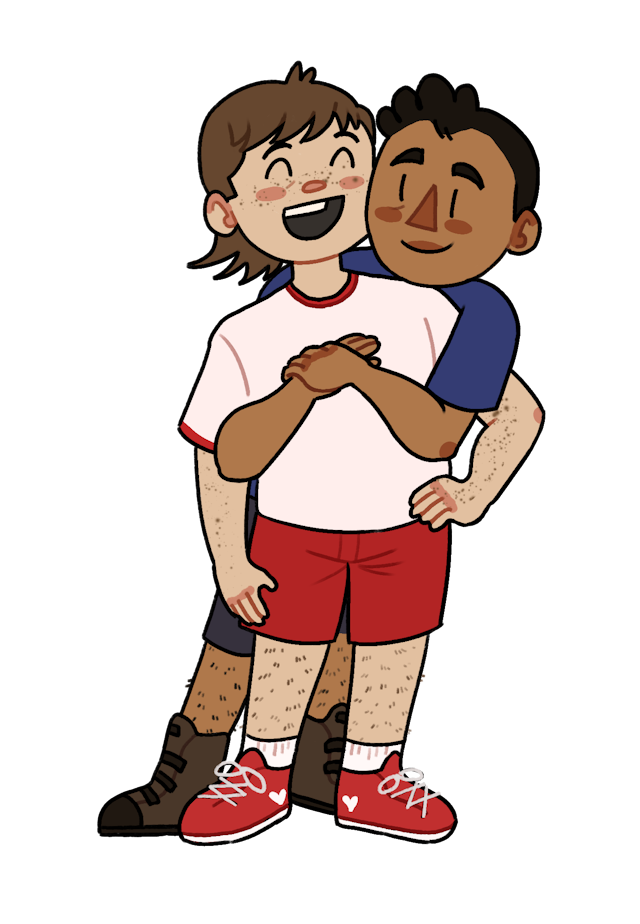
Myles
(He/Him/His, They/Them/Theirs)
The first moment I could see my future as a trans man or trans masculine person was...
The first few years I was in community with other trans folks and working out my own gender identity most of the transmasc narratives I encountered came out of Black or white contexts. While I felt inspired and had many resonances with these stories 'being a man' was presented in a fairly binary way that wasn't consistent with my experience and couldn't quite be mapped neatly onto my ethnicities. It wasn't until I saw a documentary film called Kumu Hina in 2014 that tells the story of Hina Wong-Kalu a native Hawaiian teacher and cultural practitioner who is māhū a word that translates to "middle" that I began to believe that there was a culturally specific and possible path for me to realize and embrace manhood. It would take a few more years to identify the ways I wanted to embody that but learning about Hina's story and her work was certainly a watershed moment in 'becoming' for me.
Resources that helped me...
1. Gender Affirming Healthcare (first in Atlanta and then in Los Angeles) from professionals with more proximate cultural contexts. 2. Historical research and writing by Jules Gill-Peterson Susan Stryker and C. Riley Snorton. 3. Theological research and writing by Justin Sabia-Tanis and Austen Hartke. 4. Affinity spaces and caucuses at the LGBTQ Task Force's annual Creating Change Conference. 5. Transmasc role models in LGBTQ movement work like Ezak Amaviska Perez Shannon Minter Diego Miguel Sanchez Sam Ames and Chase Strangio. 6. Partnerships and intimate friendships with folks across genders who have created space for me to laugh cry try things on and live the question of what it means to live in love and freedom.
Donate
Character drawings by Joey Borrelli.